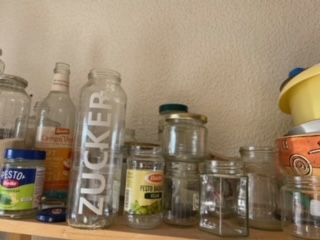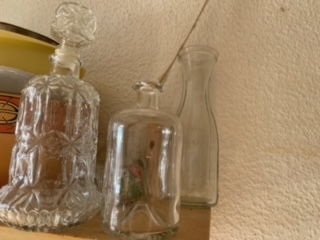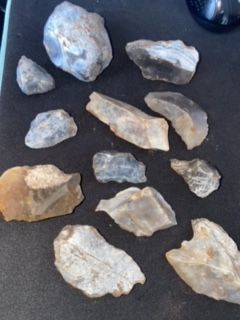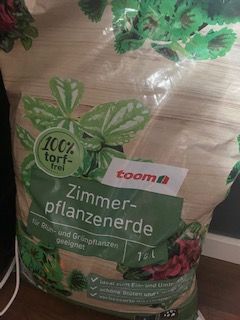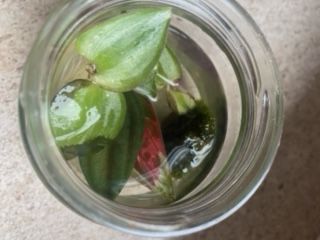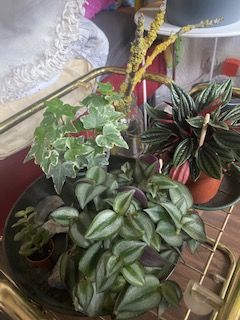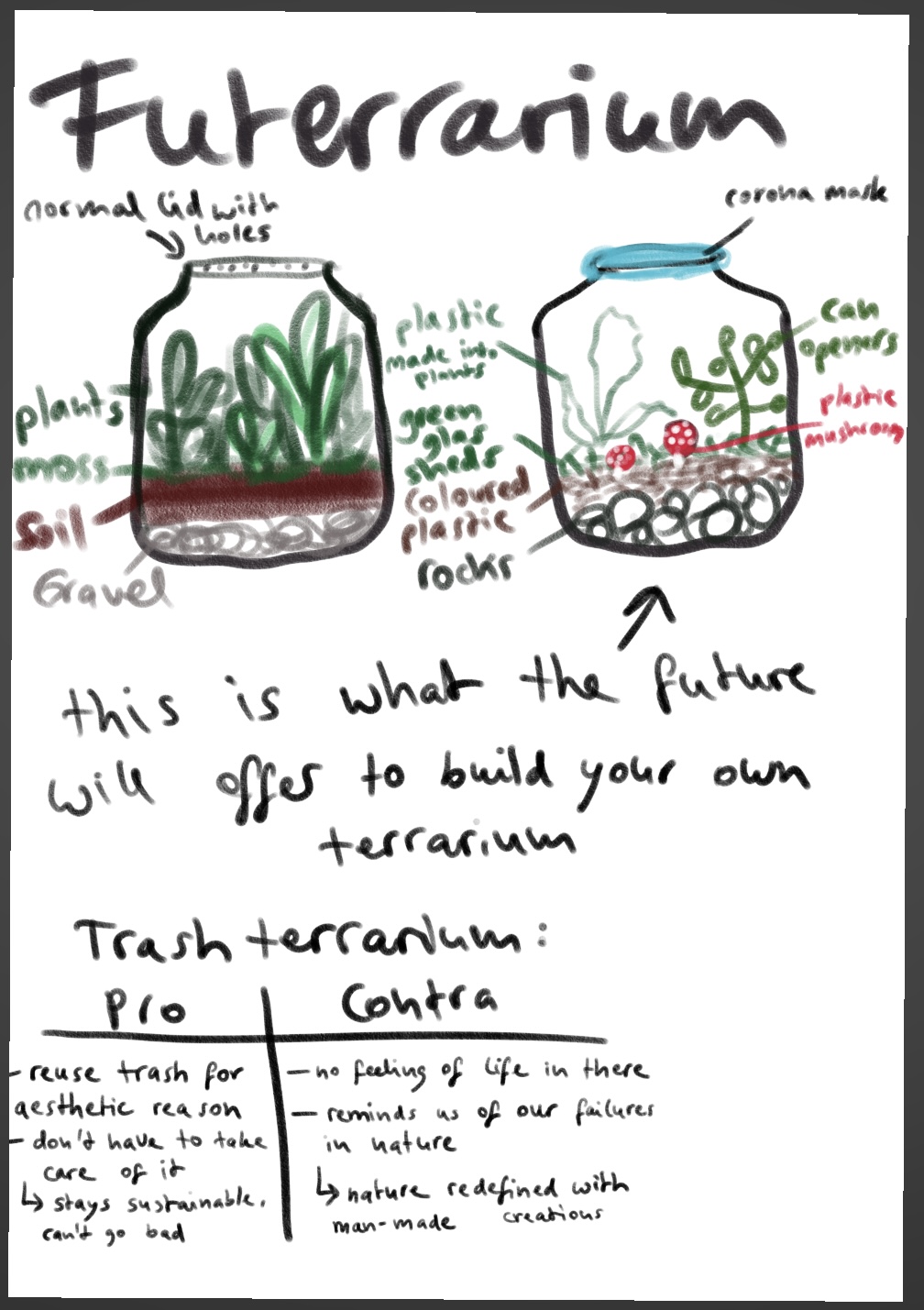Jenny Soggia (talk | contribs) |
Jenny Soggia (talk | contribs) |
||
| Line 28: | Line 28: | ||
- in my opinion it is a great way to keep the plant life sustainable, learn more about micro-organisms and place them in an aesthetic way | - in my opinion it is a great way to keep the plant life sustainable, learn more about micro-organisms and place them in an aesthetic way | ||
Materials: | *Materials: | ||
[[File:imagePLANT.jpeg]] [[File:imagePLANT2.jpeg]] [[File:PLANT3.jpeg]] | |||
[[File:MASEN JARS.jpeg]] [[File:MASEN JARS1.jpeg]] [[File:STONES.jpeg]] [[File:imagePLANT.jpeg]] [[File:imagePLANT2.jpeg]] [[File:PLANT3.jpeg]] | |||
3. Making it an artwork: | 3. Making it an artwork: | ||
Revision as of 16:43, 6 December 2022
My understanding of Sustainable Aesthetics
In my opinion the words have two different meanings, which can collide into one understanding. Sustainability can be seen as taking eco-friendly ressources and giving it life and therefore great purposes. For example recycling/ upcycling. By using what is already there, we get to make materials or objects more long lasting, without creating new waste. The aesthetics is what makes the sustainable into some kind of art form. Giving it new life, new meanings and perspectives. Since aesthetic is subjective, the creator has freedom in its expressions and can chose how the art work is presented. Making it a sustainable aesthetic.
Process of my project
1. Ideas:
> turn nettels into ropes and try to make textile or baskets etc. out of it
> recycle trash into pots for plants + take kitchen scrapes/ herbs/ seeds for regrowing itself.
> turn natural ressources into colours/ paint. for example thumeric = yellow
> I could also combine these ideas into one big project: selfmade coloured basket = pot for the regrowing
plant.
> find a new usage for trash
> generating Bio gas by using compost
2. What I have chosen to do: use empty masen jars (my flatmates&me have a huge collection) give them a new life by turning them into terrariums
> first layer: gravel > second layer: soil > third layer: taller plants (place them et the back), smaller plants (placed at the front) > next step: place moss, nice looking stones and pieces of tree trunks > last step: place tiny insects that are good for the little eco-system: for example snails and spring tails
- in my opinion it is a great way to keep the plant life sustainable, learn more about micro-organisms and place them in an aesthetic way
- Materials:
3. Making it an artwork:
Experiments
Documentation of microbial fuel cell
References
- The Martian Garden, https://www.themartiangarden.com
- NASA https://www.nasa.gov/mission_pages/station/research/news/meals_ready_to_eat/
- Hito Steyerl - Ausstellung, https://www.museum-joanneum.at/kunsthaus-graz/ausstellungen/ausstellungen/events/event/10951/hito-steyerl
- In Kepler's Gardens, https://ars.electronica.art/keplersgardens/en/the-biosphere-project/
- Klaus Herbst, Pflanzfabrik, https://www.instagram.com/pflanzfabrik/?hl=en
- Living Alone for 2 Years in a Biosphere, https://www.youtube.com/watch?v=oaSRIR9AjFU
- How to build a terrarium, Beginners Guide: *https://www.youtube.com/watch?v=t2jL3QP4hTA&t=329s
- References for plastic art: [1]
